Albania Independence Day, also known as Dita e Pavaresise in Albanian, is November 28 every year. To truly appreciate the significance of this country’s sovereignty, one must understand the incredible history of endless invasions, constant battles, a kidnapped child-turned Albanian hero, unwavering national pride, and interventions by fellow allies.
It’s a path that not even the most talented Hollywood writer could imagine. This article briefly covers the 500-year history leading up to Albania’s independence, why November 28 was chosen as the country’s independence day, and how you can join in on the celebration no matter where you are in the world.
History of Albania Independence Day and a Larger-Than-Life Hero
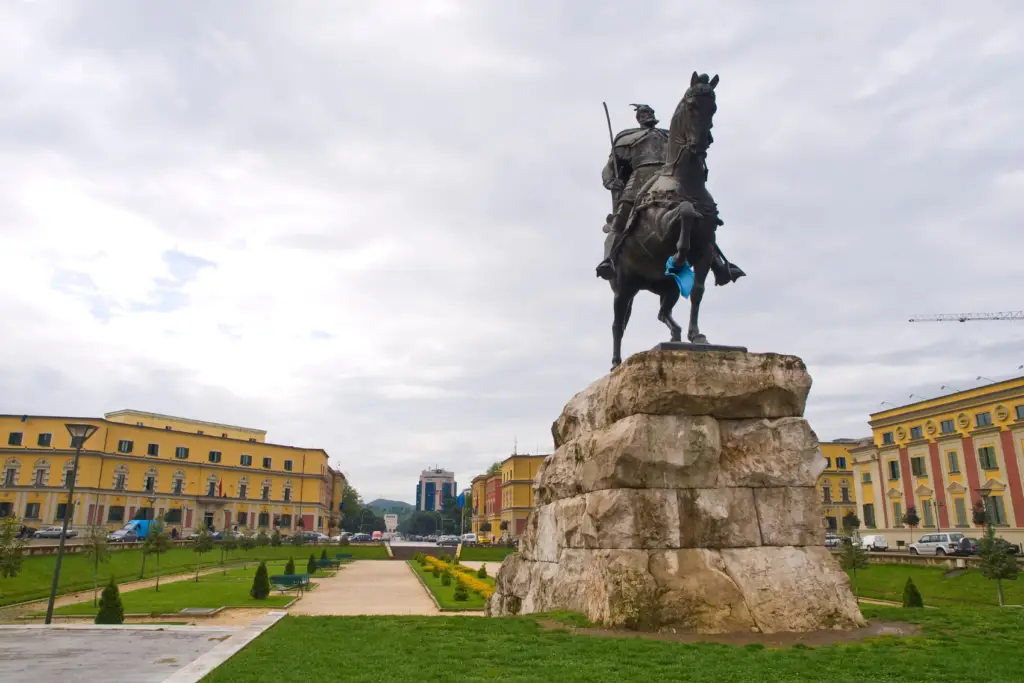
The Illyrians originally inhabited what is known today as Albania, Kosovo, Montenegro, Croatia, and Bosnia and Herzegovina. The Illyrians, the ancestors of Albanians today, were an Indo-European group native to the area, but throughout history, various empires and countries would invade Albania and the surrounding region.
From the Thracians, Greeks, Romans, Byzantines, Venetians, and finally the Ottomans, these groups ruled over Albania. Today, the Ottoman Empire known as Turkey would rule Albania off and on from the 14th century until the early 1900s. Albanians would fight for independence throughout this time, one of the most notable and historic leaders being Gjergj Kastroti Skanderbeg.
The Legend of Skanderbeg
Skanderbeg is considered Albania’s national hero for bringing together Albanian tribes and families to fight back against the Ottoman Empire. Kidnapped from his home in Albania by the Ottomans when he was a child, Skanderbeg grew up in the Ottoman court alongside princes and served the sultan for nearly 20 years. He quickly rose through the army’s ranks. During his time with the Ottoman Empire, he would come to realize his true calling was to defend Albania. He only asked fellow kidnapped Albanian soldiers to fight alongside him.
In 1443, he and a group of Albanian soldiers deserted the Ottomans, and he returned to his home of Kruje in Albania.
For a tour that includes Kruje the center of Albania’s Independence from the Ottoman Empire click here.
From there, it was the first time Albania was united under one leader. For 25 years, Skanderbeg would continually defeat the Ottoman army every time they tried to regain control of Albania.
On November 28, 1443, it was the first time Skanderbeg raised a red and black flag with a two-headed eagle representing the nation of Albania. To recite his famous quote from that day:
“The freedom wasn’t brought by me, I found it here among you. I didn’t give you weapons, I found you armed.”
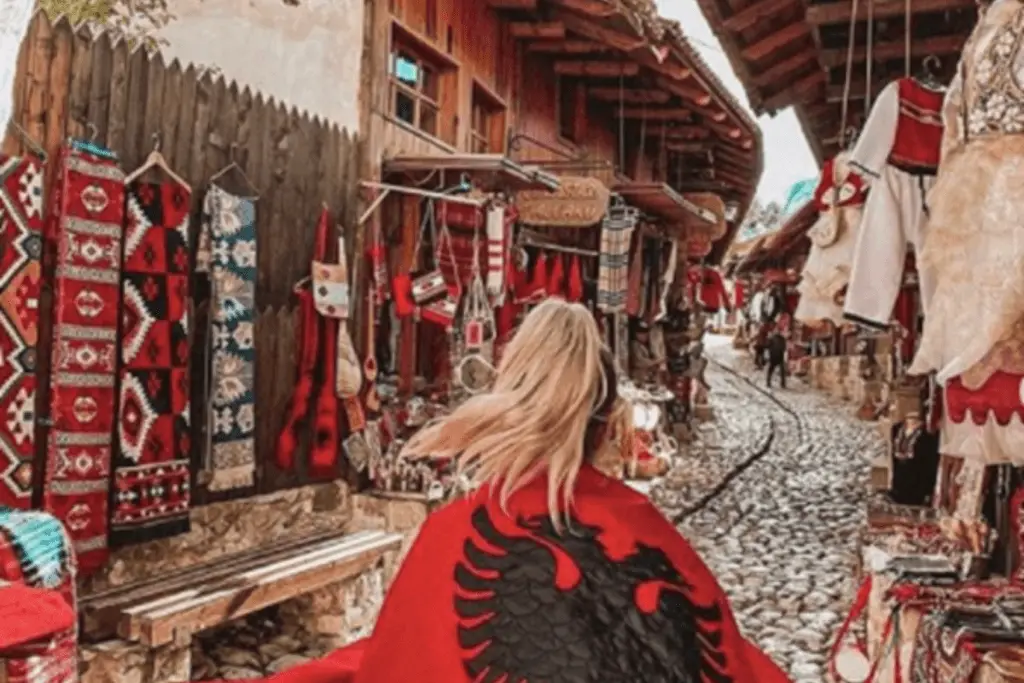
Skanderbeg’s ability to consistently push back the Ottoman Empire was admired and appreciated by other leaders throughout Europe, particularly Rome. When the Ottomans took over Constantinople (present-day Istanbul), the goal was to spread Islam throughout Europe. Skanderbeg is nicknamed the “Protector of Christianity” because, thanks to his efforts, the Ottoman Empire did not reach Italy or the rest of Europe.
Skanderbeg fought against the Ottomans until his death in 1468 at 62-years-old. Unfortunately, soon after his death, the Ottomans regained control of Albania. But under his leadership, he sparked the Albanian National Awakening, a movement where Albanians would continue to gather and fight for independence. This movement would continue into the early 1900s when Albania would finally gain independence from Turkey.
In 1909, an article published in The Sun out of New York City described how many people who lived under the Ottomans were proud to be called Turks or Muslims. But for Albanians:
“…they belong to a different race. They are Albanians.”
Albania Independence: November 28, 1912
After many years of fighting and mustering support of the people, on November 28, 1912, in the Albanian city of Vlore, Ismail Qemali and other Albanian council members raised the Albanian flag once again declared Albania a free nation from Turkey. They chose November 28 in honor of Skanderbeg, who first raised the Albanian flag nearly 470 years before on the same date.
It would be about six months later in London, on May 30, 1913, that the Treaty of London would be signed, drawing the lines of a sovereign Albania. Many delegates from various countries gathered to discuss forming an official Albanian state.
While Austria-Hungary supported an independent Albania, other countries did not or remained neutral. As a result, dissolving and breaking up the country became a topic after World War I.
1919: The U.S. Steps in to Keep Albania Independent
Many Albanians had immigrated to the United States and had made their case for an independent Albania. President Woodrow Wilson knew of the Albanian people and their right to an independent country.
During the Paris Peace Conference after World War I, many countries debated about splitting up Albania again. On behalf of the United States, President Wilson vetoed any plans that would split up Albania. The United States also supported Albania’s borders, and with their support, Albania would join the League of Nations.
Albania Today
Albania would continue to face many hardships as it tried to find its footing as an independent country. Italy would later occupy the country and then ruled under communism from 1944-1992. Transitioning from a communist nation to a democratic one is still a transition that takes place today.

But one fact remains: Albanian pride has never been greater. And every year, on November 28, Albanians celebrate their independence.
National Museum of Albanian Independence—Vlore
There are so many opportunities to step back in history when you visit Albania. If you want to stand precisely where one of the most significant moments of Albanian history took place, it’s possible when you visit the National Museum of Independence in Vlore.
This museum may look like a small yellow house, but it’s packed with historical significance. This museum is not only one of the first official museums in the country, but it is also the location where Ismail Qemali raised the Albanian flag in 1912 to declare Albania independent.
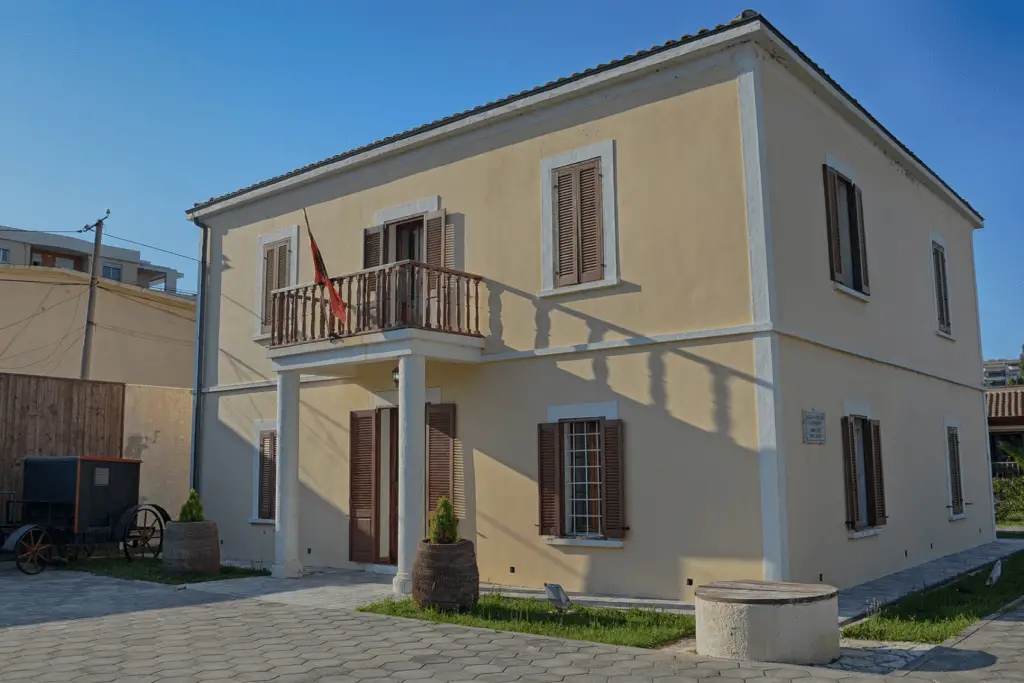
You can walk through exhibitions showcasing the difficult path to independence and see significant objects that belonged to Qemali. You can’t help but feel honored to be standing in a museum that has done such a great job immortalizing a significant piece of Albanian history.
Albania Independence Day Celebrations Around the World
While about three million Albanians live in the country, more than 10 million Albanians live outside the country. The largest communities of Albanians are in the United States, Italy, Germany, Switzerland, Turkey, Greece, Croatia, Argentina, Romania, and Scandinavia. There are also growing communities in Canada, Australia, New Zealand, and the United Kingdom.
And it doesn’t matter how far Albanians travel away from their home country, their pride of being Albanian never wavers. Second and third-generation Albanians have never visited Albania who will talk as if they have lived there for years!
This tremendous national pride means when it comes to celebrating Albania’s independence, you can find various celebrations worldwide. The pandemic has some festivals still on hold, but you can find Albanians celebrating at some of these locations:
- November 20, 2021: Bensalem, PA, U.S. Albanian Independence Day Party
- November 21, 2021: St. Louis, MO, U.S. Albanian Independence Day Party in St. Louis
- November 26, 2021: Mississauga, ON, Canada Albanian Independence Day Party
- November 27, 2021: Plantsville, CT, U.S. Albanian Independence Day concert
- November 28, 2021: Garfield, NJ, U.S. Albanian Independence Day by the Albanian Alliance of New Jersey
- November 28, 2021: Warren, MI, U.S. Albanian Independence Day concert
You can also find groups, such as the Massachusetts Albanian American Society “Besa,” sharing posts celebrating Albania’s Independence.
Where to Celebrate in Albania
If you are lucky enough to be in Albania on Independence Day, there are many places you can go to join in on the celebrations! Celebrations usually involve a ceremony to raise the Albanian flag, followed by concerts showcasing singers and dancers.
- Flag Square—Vlora: The Independence Monument is in the center of the square and where many people gather to celebrate. You can also visit the tomb of Ismail Qemali, the country’s first prime minister.
- Museum of Independence—Vlora: While in Vlora, visiting the Museum of Independence is a must-stop!
- Skanderbeg Square—Tirana: The absolute center of the capital city, a towering Skanderbeg statue overlooks thousands of people dressed in red and black. You can also watch the fireworks!
- Kruja Castle—Kruja: Walk through the castle of Skanderbeg, Albania’s national hero and the first leader to declare Albania independent in 1443.
Celebrate Albania Independence From Anywhere
There are so many ways you can celebrate Albanian independence no matter where you are. For example, you may see Albanians wrapped in the red and black flag or have the flag on the front of their cars. You will also see many people wearing a Qeleshe, which is a traditional white wool hat.
Some other ways you can celebrate Albania’s Independence Day:
- Take a virtual tour of an Albanian museum
- Support a local business owned by Albanians, such as Cka Ka Qellu in the Bronx
- Cook up Albanian dishes right at home
- Support Albanian artists by following on social media
- Post about Albania’s Independence and hashtag #albania. You can say Happy Dita e Pavaresise (Independence Day) or Happy Dita e Flamurit (Flag Day).
Once you visit Albania, the country will always have a special place in your heart. And for as long as you have Albania in your heart, you can always celebrate this amazing country’s path to independence!
Happy Dita e Pavaresise!
Recent Blog Posts
This post contains affiliate links. At no additional cost to you I may earn a commission if you make a purchase.


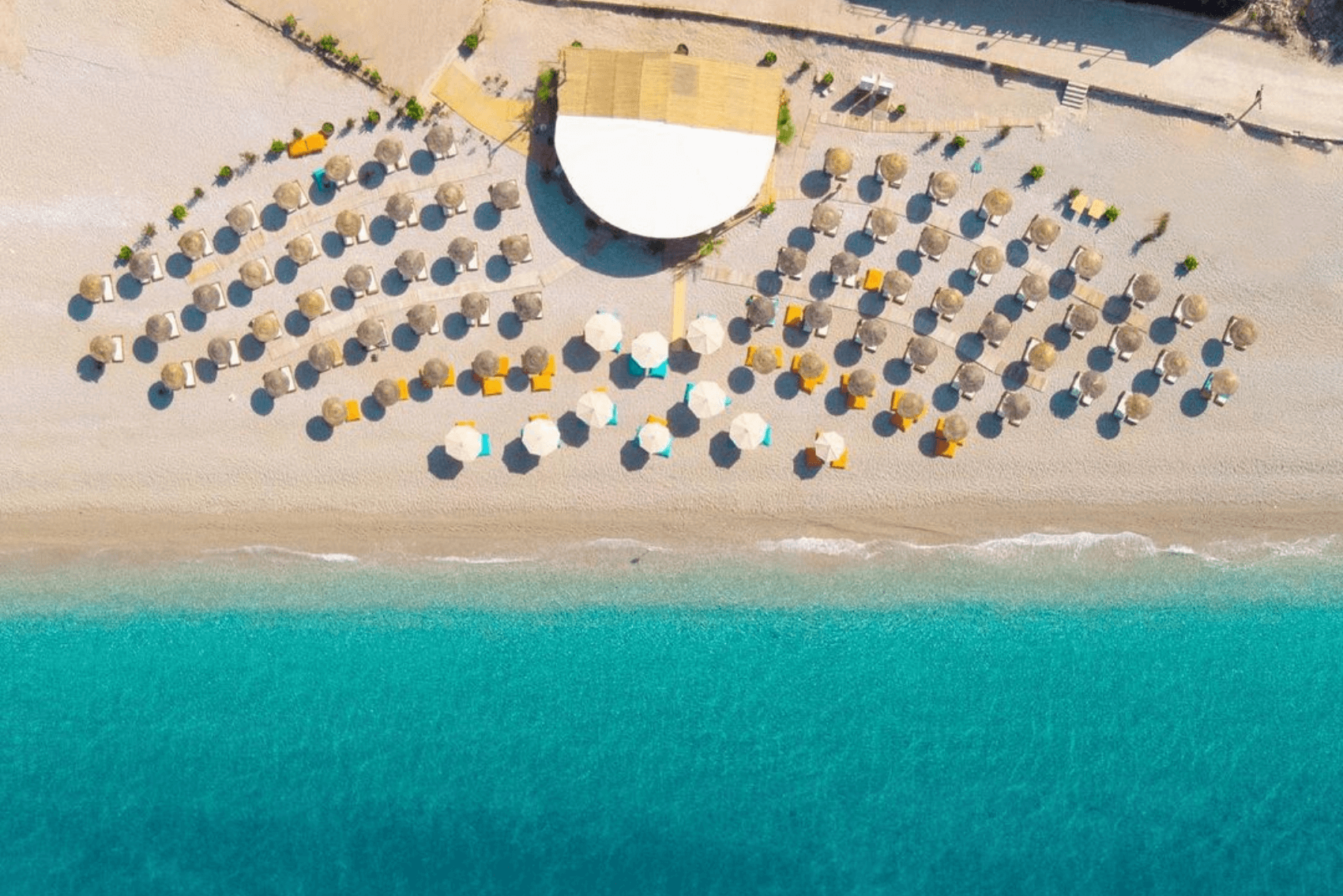
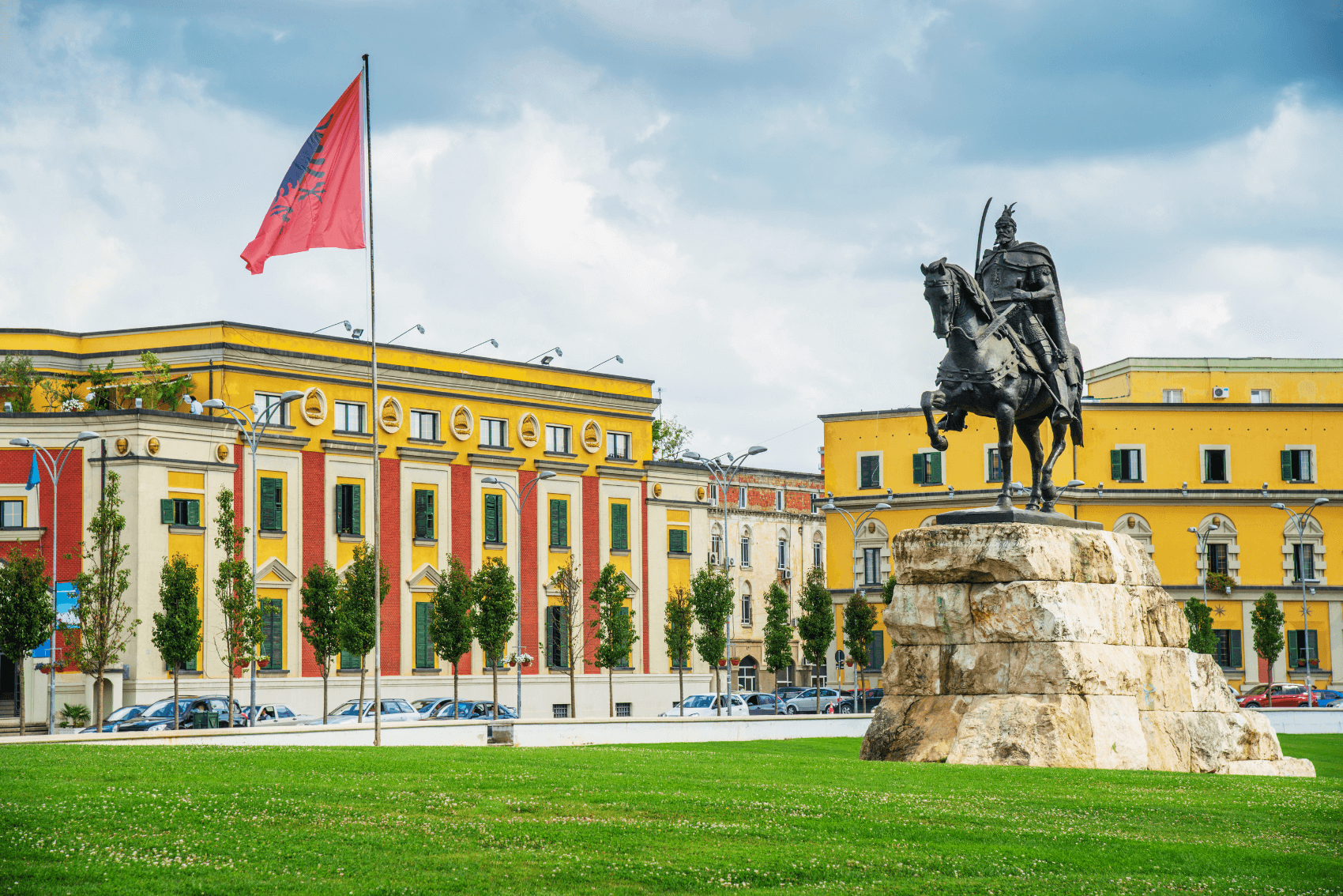
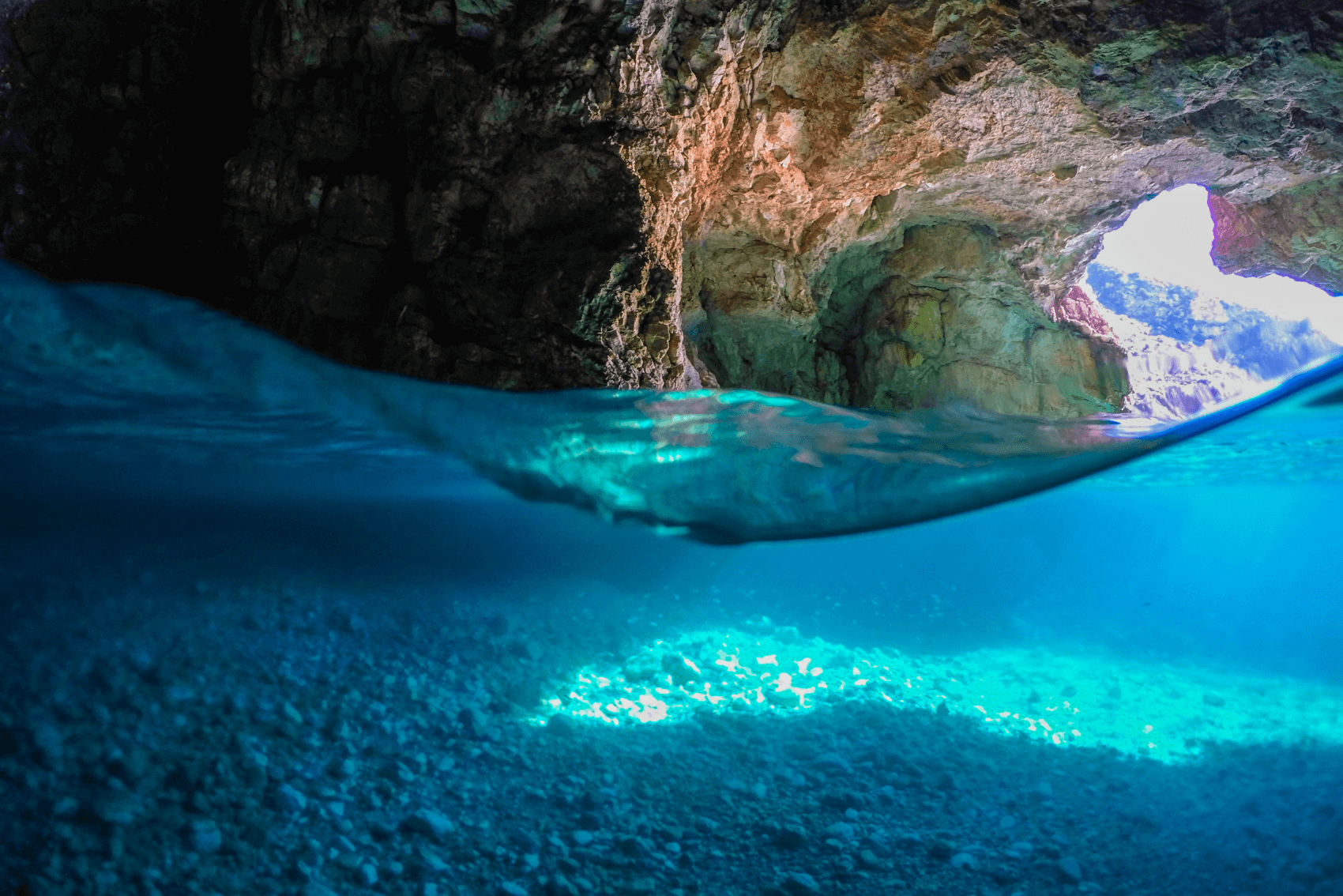
Leave a Reply